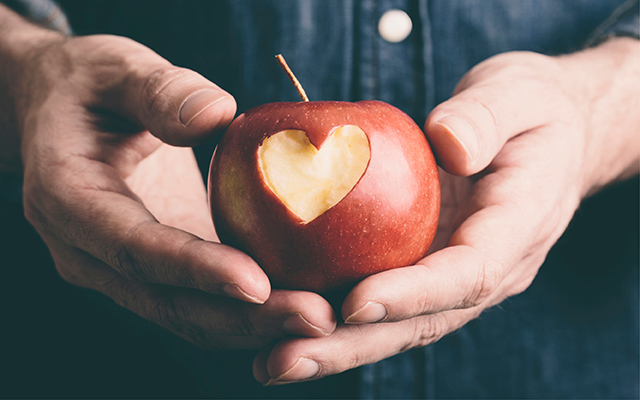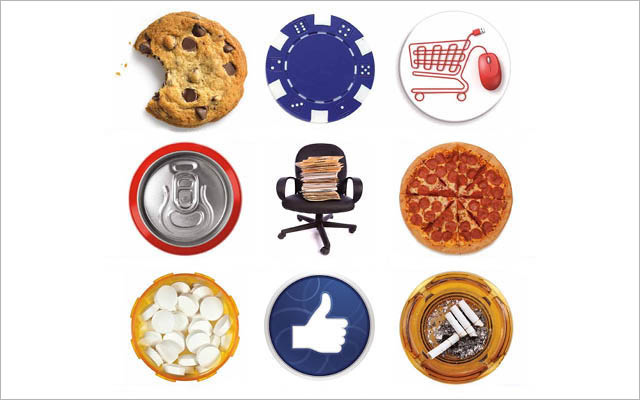You’ve heard by now that you can “catch” obesity from your friends, family, or distant acquaintances. But good health and fitness are catching, too.
According to a 2007 study published in the New England Journal of Medicine by Nicholas Christakis, MD, PhD, MPH, and James Fowler, PhD, a variety of surprising and seemingly very individual conditions appear to be able to spread between friends and acquaintances like a juicy rumor.
Here are five ways to be contagious in the best possible way, as reported by Courtney Helgoe in “A Healthy Kind of Contagious,” (Experience Life, September 2010).
1. Acknowledge Irrationality
We make rational choices less often than we think we do.
Because we are faced with thousands of daily decisions, no one has time to rationally weigh each one, so we fall back on automatic systems of patterned thinking, habit, and the rapid processing of social signals.
We’re especially responsive to social and environmental cues when conditions are unfamiliar or socially uncertain, behavioral experts note, so retain maximum consciousness by going into unfamiliar environments with a plan. Prior to a business lunch, research the menu online and decide in advance what you’ll order, for example.
When you make and rehearse your choices in calm conditions, they’ll be waiting in your cranial wings during uncertain moments, and you’ll be less likely to resort to following others’ leads.
2. Write Your Own Food Policy
The unconscious, cue-primed mind plays an especially prominent role when it comes to how (and how much) we’re likely to eat. Brian Wansink, PhD, has conducted numerous studies at Cornell University that show how readily research subjects overeat in situations where there are no clear cues telling them to stop.
Wansink suggests two strategies: food policies and food tradeoffs.
A personal food policy is a set of guidelines that you follow so consistently that they become habit. You might decide to become religious about putting your fork down between bites, or only eating sweets on Saturdays.
With a food tradeoff, one choice is linked to another: “If I snack in front of the TV, it’s on only raw veggies and hummus,” for example. This makes good sense nutritionally and socially.
3. Build an Exercise Entourage
Christakis and Fowler suggest that one of the best ways to protect your fitness routine from wayward influence is to invite the friends of your friends to work out.
When you and a friend work out together, there’s still a circle of who might be nudging you both in more sedentary directions. But if you can build an effective “wall of influence,” your chances of sticking with your fitness routine are even greater — positive pressure from more sides. (For more on the benefits of a workout buddy, see “Workout Wisdom” in the July/August 2004 archives.)
4. Keep on the Sunny Side
One reason why most of us feel good when we’re around cheerful people is that we unconsciously imitate others’ facial expressions. This response triggers a similar emotional state in the imitator, with a corresponding physiological result.
According to Christakis and Fowler’s research, a friend who’s feeling good improves your chances of happiness by 9 percent, while a discontented one is only 7 percent likely to bring you down.
An easy way to happify? Research shows that a regular gratitude practice has the capacity to create new neural pathways that support a more positive outlook.
5. Reprogram Your Brain
Because our powerful inclination to imitate and submit to norms tends to issue from the older, survival-oriented regions of the brain, it can be helpful to consciously engage the more sophisticated neocortex whenever you feel a group behavior sucking you in.
There are two quick techniques to give your neocortex the upper hand:
- Body scanning is checking with your bodily sensations. Noticing a tight gut, a flushed face, or shallow breathing allows you to assess that something has tripped your alarm system.
- Labeling involves identifying your emotional states and giving them a name. Clearly articulating the feeling is often all it takes to kick the reasonable neocortex into action. The action produces enough clarity to keep the brain from being flooded by stress chemicals and leaves you in a better state to make good choices.




This Post Has 0 Comments